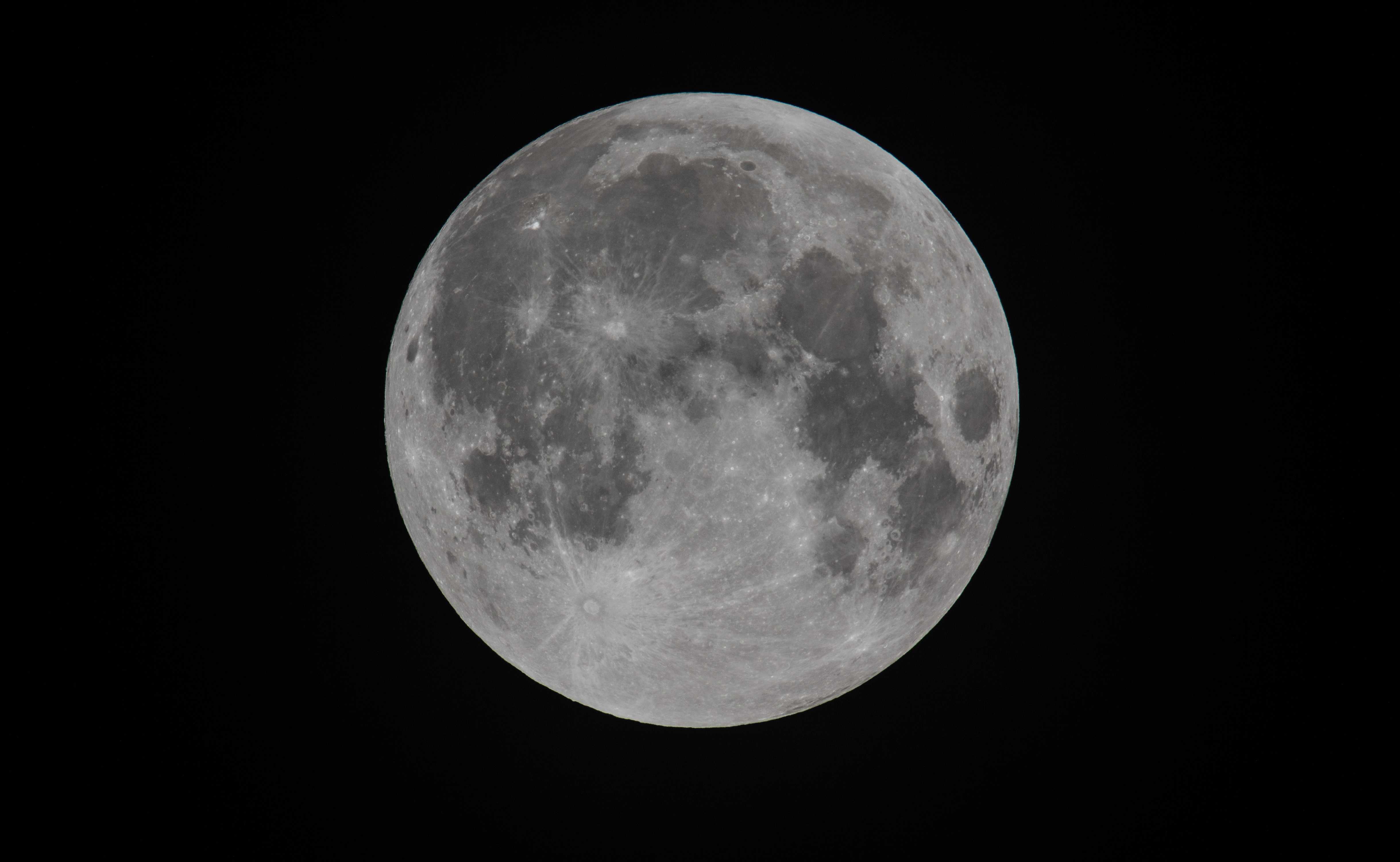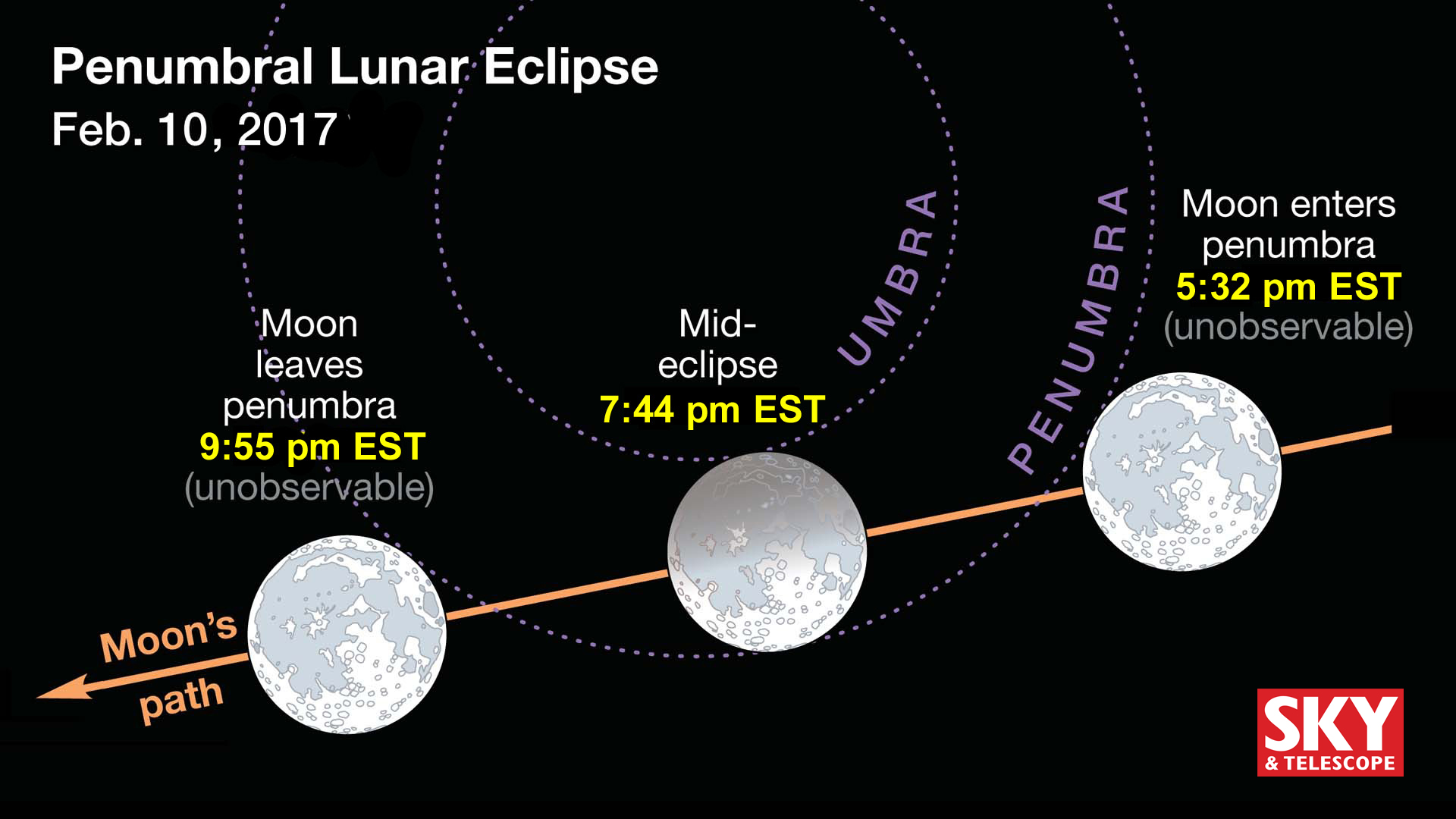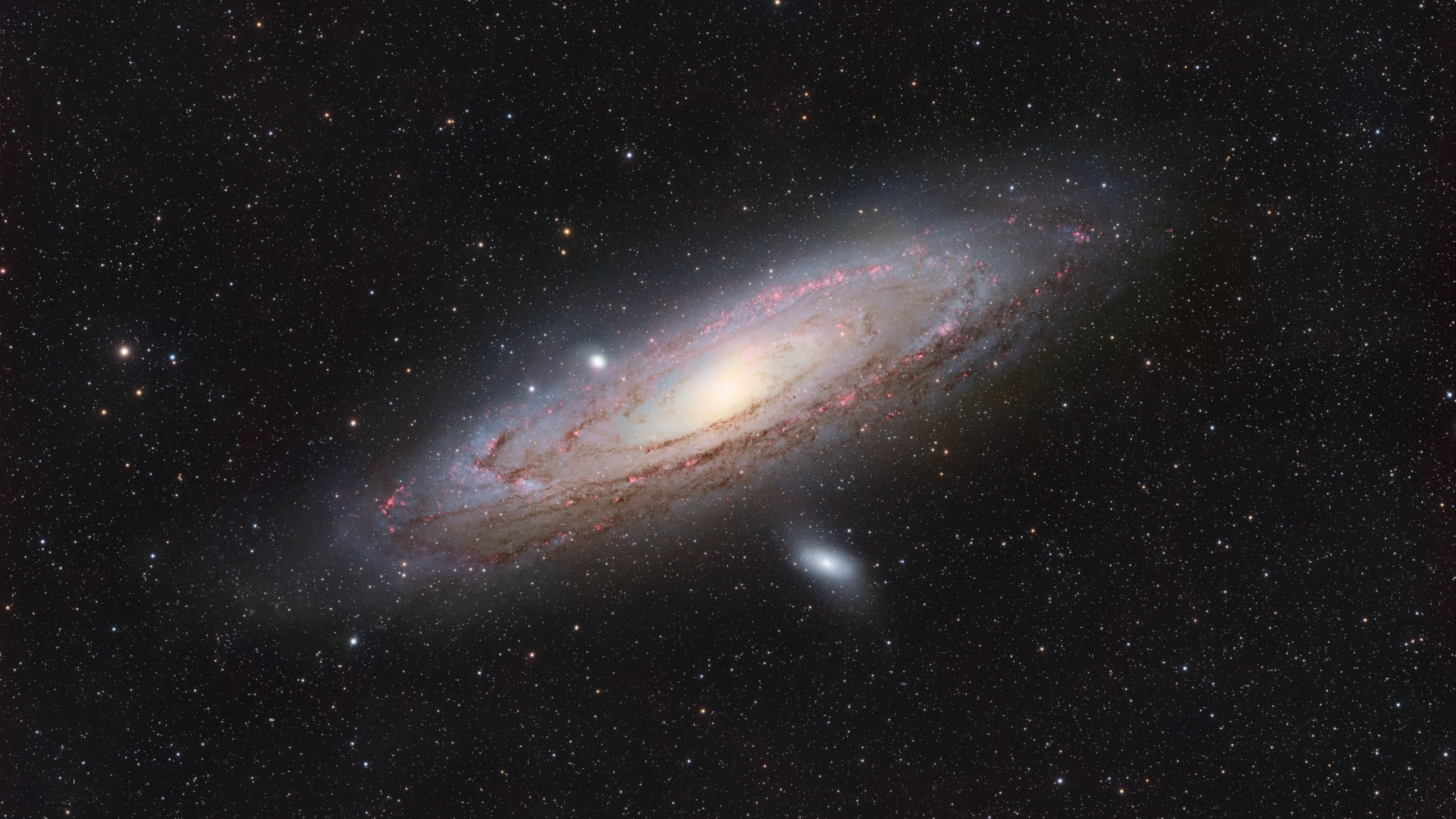'Snow Moon' Eclipse Weather Forecast: Will Clouds Block Your View?

Update for 8 p.m. EST, Feb. 11: The Snow Moon lunar eclipse and Comet 45P flyby wowed stargazers late Friday. See our full story here and check out photo gallery and comet video.
Unless you live in the Northeast quarter of the U.S. and are still living under the cloud cover left over from Thursday's major midwinter storm, chances are that you will be able to get a view of this evening's (Feb. 10) "Snow Moon" penumbral lunar eclipse, coupled with a comet streaking through the night sky.
The moon will pass through the relatively light and diffuse outer portion of the Earth's shadow, creating a weak, albeit perceptible darkening of the upper portion of the natural satellite for about an hour. Maximum eclipse will occur at 7:43 p.m. EST, 6:43 p.m. CST and 5:43 p.m. MST. Those in the Pacific time zone will have little chance of detecting the eclipse, because the darkest phase will come prior to moonrise and before sunset in those locations.
But the eclipse will also be visible online via a webcast from the Slooh Community Observatory. You can watch the webcast on the Slooh website or right here at Space.com. The webcast starts at 5:30 p.m. EST (2200 GMT) and will feature views of the eclipse from Slooh telescopes. At 7:30 p.m. EST, Slooh astronomers will join the webcast to discuss the close approach of Comet 45P/Honda-Mrkos-Pajdusáková. [Tonight's "Snow Moon" Eclipse & Comet View: What to Expect]
In the Northeast U.S., a weather system will effectively eclipse the eclipse. It will be a warm front, or the leading edge of a milder air mass that will lift warm air over the cold dome of air that currently covers New York state and New England. The result will be widespread cloud cover, as well as areas of light snow and flurries that will spread across the eastern Ohio Valley, Pennsylvania, the Middle Atlantic region, New York and New England.
Elsewhere, however, the weather should be reasonably good for a view of the semidarkened full moon.
High pressure centered off of the Carolinas will bring clear skies to the Southeast states and Florida. Across the nation's midsection south to the Gulf Coast states, and north to the central and eastern Great Lakes, skies will be generally clear, though high clouds will streak the sky in some locations. These clouds, however, should be thin enough to allow the moon to shine through.
Breaking space news, the latest updates on rocket launches, skywatching events and more!
Generally fair skies, with just some patchy clouds, should also prevail as far west as the Continental Divide.
A weather disturbance over southern Nevada will bring widespread clouds and precipitation over the far west. But as was already noted, this is a moot point, since this faint eclipse is unlikely to be detectable over this part of the country.
To get your area's latest forecast, use this list of National Weather Service forecast offices across the United States: http://www.nws.noaa.gov/organization.php. Just click on the link for the location that serves your area.
Editor's note: If you capture an amazing photo of the penumbral lunar eclipse or Comet 45P and want to share it with Space.com for a story or gallery, send images and comments in to managing editor Tariq Malik at spacephotos@space.com.
Joe Rao serves as an instructor and guest lecturer at New York's Hayden Planetarium. He writes about astronomy for Natural History magazine, the Farmers' Almanac and other publications, and he is an on-camera meteorologist for Fios1 News in Rye Brook, N.Y. Follow us @Spacedotcom, Facebook and Google+. Original article on Space.com.
Join our Space Forums to keep talking space on the latest missions, night sky and more! And if you have a news tip, correction or comment, let us know at: community@space.com.

Joe Rao is Space.com's skywatching columnist, as well as a veteran meteorologist and eclipse chaser who also serves as an instructor and guest lecturer at New York's Hayden Planetarium. He writes about astronomy for Natural History magazine, Sky & Telescope and other publications. Joe is an 8-time Emmy-nominated meteorologist who served the Putnam Valley region of New York for over 21 years. You can find him on Twitter and YouTube tracking lunar and solar eclipses, meteor showers and more. To find out Joe's latest project, visit him on Twitter.

